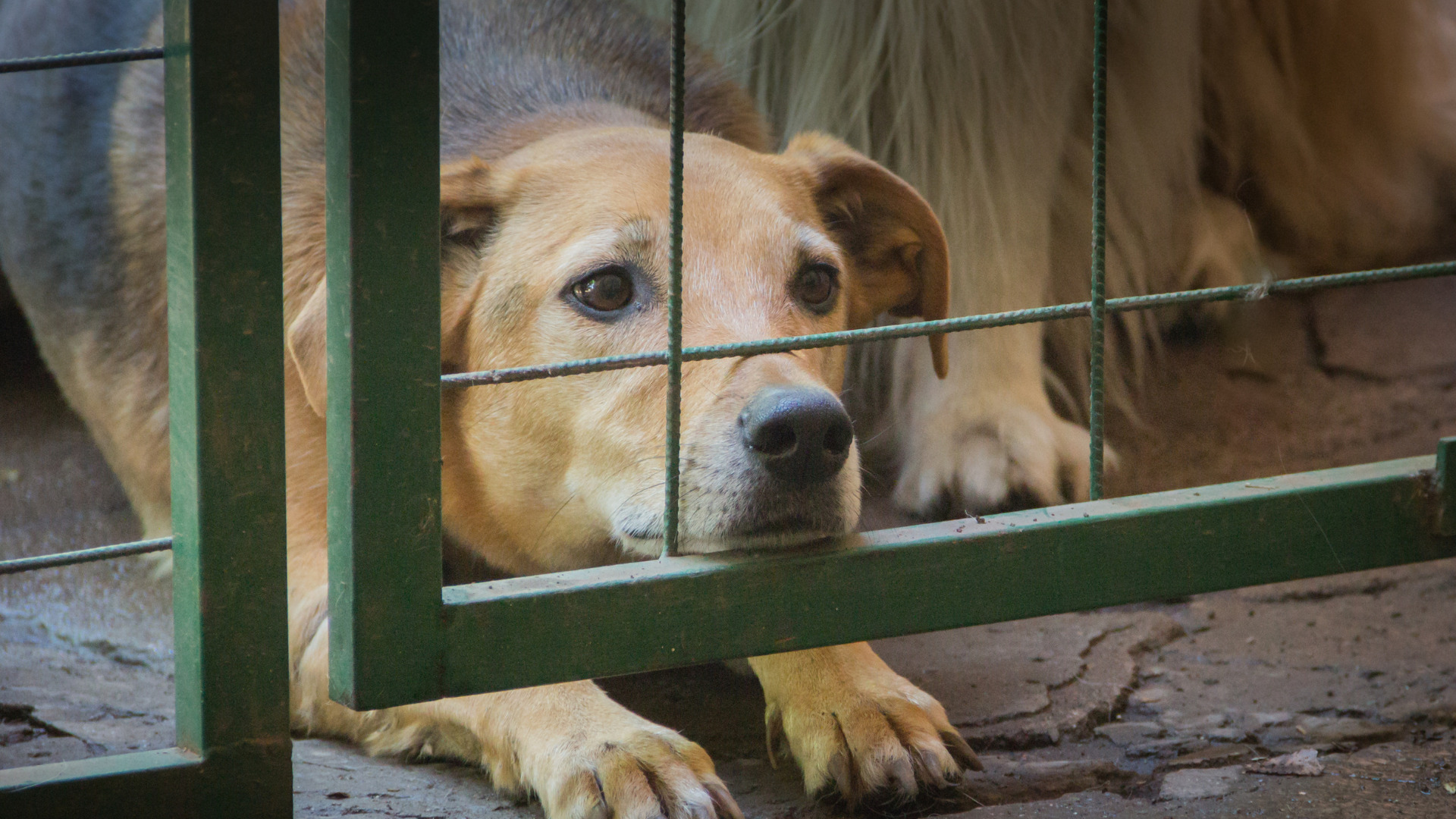
Introduction
Dog crate training can be a real lifesaver for pet owners. It’s a great tool for house training, managing destructive behavior, and ensuring that your furry friend has a safe, cozy retreat to relax in. But how do you create an effective “Dog Crate Training Schedule”? Don’t sweat it. We’ve got your back with these 8 tips.
8 Tips for Dog Crate Training Schedule
- Start Slowly: The first rule of the Dog Crate Training Schedule – take it easy! Don’t rush your dog into the crate, let them explore it at their own pace, and make it a positive experience.
- Make it Comfortable: Your dog’s crate should be their cozy haven. Fill it with their favorite blankets or toys to make it feel inviting and safe.
- Short But Frequent Crate Time: Start off with short periods inside the crate and gradually increase the time as your dog gets more comfortable.
- Crate Them When You’re Home: Don’t just crate your dog when you’re leaving the house. Have them spend time in the crate when you’re home as well, so they don’t associate it with loneliness.
- Use Treats and Praise: Make the crate a fun place to be. Reward your dog with treats and praises when they go inside willingly.
- Keep a Consistent Schedule: Dogs thrive on routine. Try to keep their crate time consistent each day.
- Don’t Use the Crate as Punishment: The crate should be a happy place, never a place for punishment. This is key to ensuring your dog feels safe and comfortable.
- Patience is Vital: Remember, crate training doesn’t happen overnight. Keep your expectations realistic and be patient.
With these 8 tips, your Dog Crate Training Schedule will ensure a positive experience for both you and your furry friend.
Dog Crate Training Schedule for Puppies
Puppies, with their boundless energy and innate curiosity, may require an adjusted approach to crate training. When starting a Dog Crate Training Schedule for puppies, it’s important to keep in mind their younger age and shorter attention span.
- Frequent Short Sessions: Puppies have limited concentration spans. Start with very short, frequent sessions in the crate, gradually increasing the duration as they grow older and more comfortable.
- Lower Expectations: Puppies are just starting to learn about the world around them. Be patient, and don’t expect instant results. Small improvements are a big win at this stage.
- Night Time Crate Training: Puppies sleep a lot, and crate training them at night can help them feel secure and aid in house training. But remember, puppies need frequent bathroom breaks, so you’ll have to wake up a few times during the night.
- Interactive Toys: Use puppy-safe interactive toys that can keep them occupied in the crate. This will help associate the crate with fun and enjoyment.
- Feeding Inside The Crate: One of the best ways to create a positive crate experience for puppies is to feed them their meals inside, creating a positive association with the crate.
With these puppy-specific tips, you can integrate your young pet into your Dog Crate Training Schedule more seamlessly. Remember, consistency is key and every puppy is unique – what works for one might not work for another. So be patient, and let your puppy set the pace.
Dog Crate Training Schedule for Older Dogs
Training older dogs to adapt to a crate can be somewhat challenging, especially if they’re not used to being confined. However, with patience and consistency, it’s never too late to crate-train an older dog. Here’s a tailored approach for your older furry companion.
- Consider Their Physical Needs: Older dogs may have specific health issues, such as arthritis or incontinence. Ensure the crate is comfortable for them, with a soft bed and easy access. Also, be prepared for more frequent bathroom breaks.
- Introduce Gradually: Unlike puppies, older dogs might need a slower introduction to the crate. Start by placing their food near the crate, then inside it, and eventually close the door while they eat.
- Positive Association: Older dogs can also benefit from the association of the crate with enjoyable activities. Try giving them their favorite chew toy or bone only when they’re in the crate.
- Consistency is Key: Stick with a consistent schedule. Consistent crate times help older dogs understand the routine faster and reduce their anxiety.
- Patience and Encouragement: Older dogs may take longer to adjust to new routines. Always offer praise and rewards for progress, no matter how small it may seem.
Remember, every dog is unique, and the crate training process will vary depending on their past experiences and temperament. Be patient, and always make crate time a positive experience.
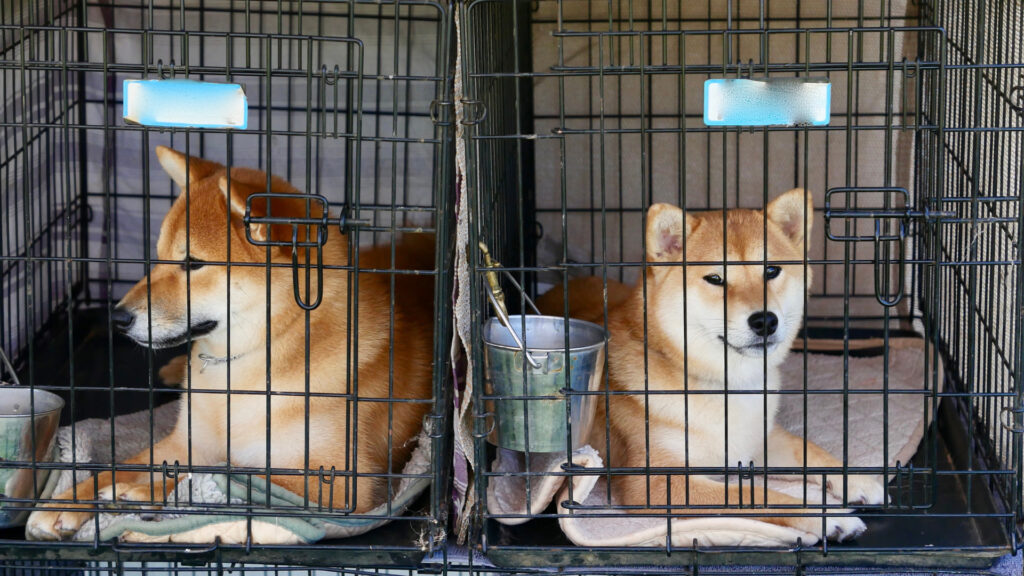
Recommended Crates for Training
Choosing the right crate is equally important as the training itself. Here are a few recommended options to consider for your dog crate training schedule:
- Wire Dog Crates: Wire crates are popular due to their durability and ventilation. They are perfect for dogs who enjoy being able to see their surroundings. Most wire crates also come with a divider, which makes them a great option for puppies that are still growing.
- Plastic Dog Crates: These crates are more enclosed and can provide a cozy space for dogs who appreciate a bit more privacy. They’re also generally more portable than wire crates.
- Soft-Sided Dog Crates: Lightweight and portable, soft-sided crates are great for travel. However, they’re best suited for dogs who are already crate-trained and not prone to chewing or escaping.
- Heavy-Duty Dog Crates: For dogs that are powerful or prone to escape, a heavy-duty crate may be necessary. These crates are typically made of metal and are much sturdier compared to other types.
- Furniture Style Dog Crates: These crates blend in with home furnishings, doubling as functional furniture. They’re a good option for calm dogs who don’t chew or scratch.
Remember, the right crate will depend on your dog’s size, breed, and temperament, as well as your personal preference and lifestyle. Be patient and make a thorough assessment before making your choice.
Common Mistakes in Dog Crate Training Schedule
Training your dog to adapt to a crate can be an effective method to manage their behavior, but errors in this process can lead to undesirable outcomes. Here are some common mistakes to avoid in your Dog Crate Training Schedule:
- Overusing the Crate: Using the crate excessively can lead to a feeling of isolation and distress in your dog. Remember, a crate is not a substitute for human interaction and exercise.
- Skipping the Introduction Phase: Rushing into crate training without properly introducing your dog to the crate can cause anxiety and fear. Start by letting them explore the crate with the door open before moving on to closed-door sessions.
- Neglecting Potty Breaks: Especially for puppies and older dogs, ignoring their need for frequent bathroom breaks can lead to accidents in the crate and prolong the training process.
- Forgetting to Remove Collars: Leaving a collar or leash on a dog in a crate can potentially lead to dangerous situations. Always remove these before crating your dog.
- Choosing the Wrong Crate Size: A crate that’s too large can make your dog feel insecure, while a crate that’s too small will be uncomfortable. Ensure the crate is just big enough for your dog to stand, turn around, and lie down comfortably.
- Ignoring Your Dog’s Anxiety: If your dog seems extremely distressed in the crate, continuing with the training can exacerbate fear and anxiety. Consider seeking professional advice if your dog exhibits signs of severe anxiety.
- Inconsistent Crate Training Schedule: Consistency is key in crate training. If you’re inconsistent with your schedule, it can confuse your dog and delay the training progress.
Remember, every dog is unique, and patience is key. Always associate crate time with positive experiences, and adjust your approach based on your dog’s needs and reactions.
Embarking on the Journey of Crate Training
As you embark on this journey of crate training, remember that you’re doing an incredible job for your furry friend. Patience and consistency are your greatest allies in this process. It might seem challenging at times, especially when progress seems slow, but know that every small step forward is a victory.
You’re not just training your dog to feel comfortable in a crate; you’re providing them with a safe, secure environment that they can call their own. So, keep going! Your commitment to this training process is a testament to your love and care for your dog, and in time, you’ll see the beneficial impact of your efforts.
Also Check: 7 Steps – How To Train A Stubborn Dog – A Complete Guide
Conclusion
In conclusion, crate training is a valuable tool for both you and your dog. It offers your canine companion a safe, comforting space while also providing you with a reliable means of managing their behavior. The task may seem daunting, and the journey fraught with challenges, but your patience and dedication will reap rewards in the long run.
Remember, every dog is unique, so adjust your crate training schedule to suit their individual needs. Above all, keep the experience positive, ensuring your beloved pet associates their crate with comfort, safety, and happiness.
Frequently Asked Questions
Q1: How long should I keep my dog in a crate during the dog crate training schedule?
A: The duration can vary depending on the age and temperament of your dog. For puppies, the general rule is one hour for every month of age, plus one hour. However, remember that overusing the crate can lead to distress.
Q2: What should I include in my dog crate training schedule?
A: Your dog crate training schedule should include time for meals, potty breaks, exercise, playtime, and quiet time inside the crate. Be sure to create a consistent routine that suits your dog’s needs.
Q3: How can I ensure the crate feels safe for my dog during the dog crate training schedule?
A: You can make the crate comfortable by adding a soft bed or blanket. You can also place your dog’s favorite toys inside. Always associate crate time with positive experiences like treats or praise.
Q4: How long does it typically take to crate train a dog using a dog crate training schedule?
A: The duration of crate training varies greatly from dog to dog and can take a few weeks to several months. Remember, patience and consistency are key.
Q5: Can I still crate train my older dog using a dog crate training schedule?
A: Yes, older dogs can still be crate trained. However, the process might require more patience and gentle encouragement. Always ensure the crate is a positive and safe space for your dog.
Q6: My dog shows signs of severe anxiety in the crate. What should I do?
A: If your dog shows signs of extreme distress or anxiety, it’s advisable to consult with a professional. You may need to adjust your dog crate training schedule or approach to make the experience less stressful for your dog.

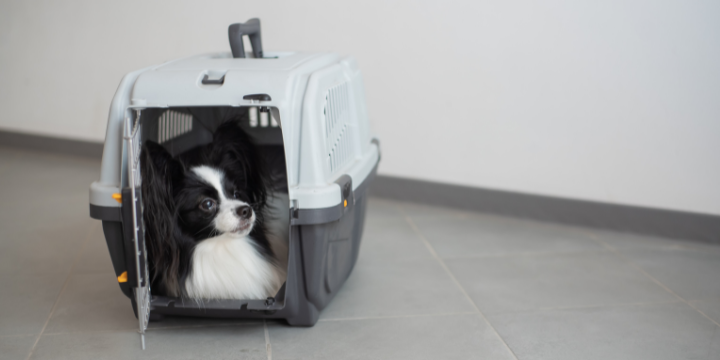
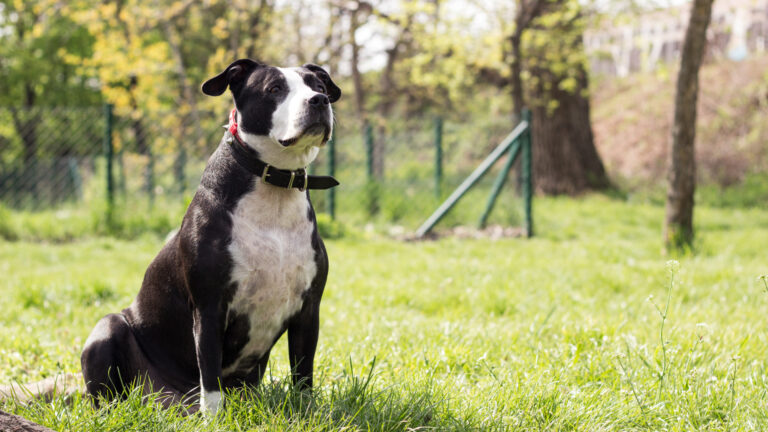
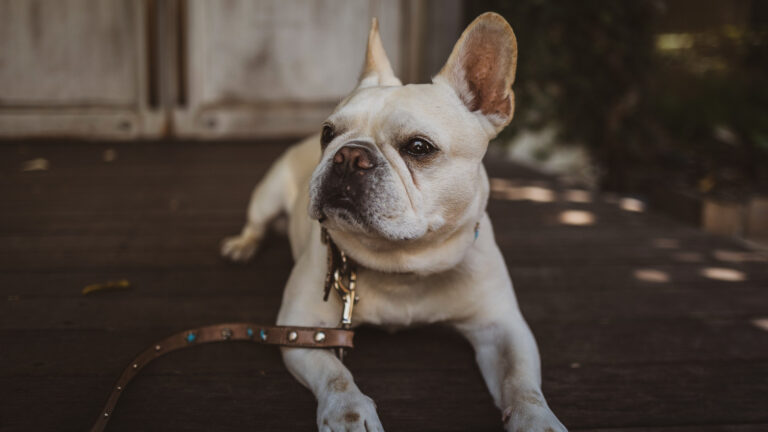
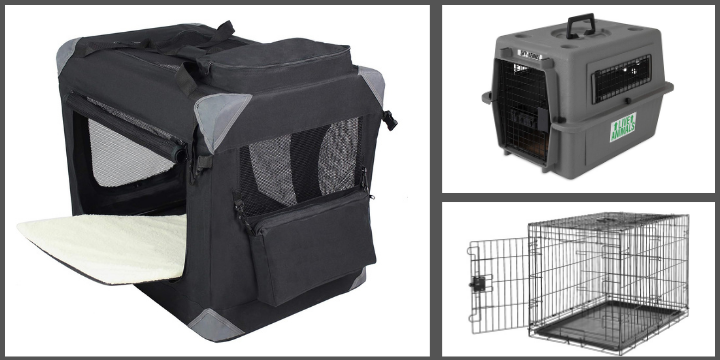

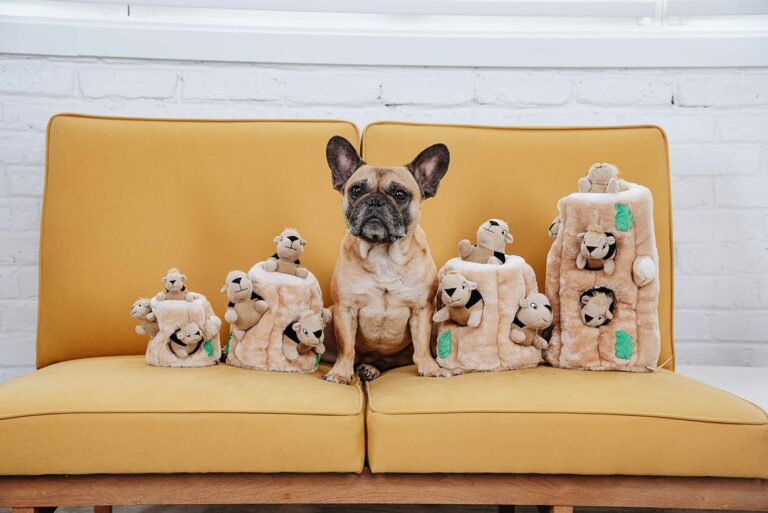
2 Comments